
Photo: Uwase Constantin / UNDP Rwanda
Across Africa, land degradation and climate change are converging to create a growing crisis. Unsustainable land use, deforestation and soil erosion have left millions of hectares barren, stripping communities of the natural resources they rely on. Meanwhile, the impacts of climate change – shifting rainfall patterns, rising temperatures and more frequent droughts and floods – are compounding pressures on agriculture and water resources.
Today, an estimated 65 percent of Africa's land is impacted by land degradation and drought, affecting more than 400 million people and causing economic losses exceeding US$70 billion each year.
Governments across the continent are increasingly prioritizing land restoration as a national and regional imperative by pioneering policies, partnerships and investments to reverse degradation and strengthen climate change adaptation and resilience. This brings tangible benefits for both people and nature, helping to secure food systems, create economic opportunities and strengthen communities against climate shocks.
With support from the Global Environment Facility’s Least Developed Countries Fund and UNDP, Ethiopia, Rwanda and Senegal are transforming degraded landscapes into a source of stability and productivity, their experience offering a replicable model for other nations confronting similar challenges.
Securing rural livelihoods in Ethiopia
In Ethiopia, the fight against land degradation is central to securing rural livelihoods and community resilience. The stakes are high. Over 90 percent of rural households depend on agriculture, yet it is estimated that more than three-quarters of Ethiopia’s land is degraded. This is significantly reducing crop productivity and heightening vulnerability to climate shocks, potentially pushing more households into poverty and deeper food insecurity.
To confront these challenges, Ethiopia is scaling up nature-based solutions through a combination of ecological rehabilitation and community-driven adaptation. The country is restoring degraded farmland and hillsides using a range of soil and water conservation techniques – such as terraces, trenches, gabions and tree planting. These measures, in which communities are playing a leading role, have significantly improved water retention, soil fertility and erosion control.

Zubair Ame, a farmer in the Bishan Babile district, has diversified his production to bananas, papayas, apples, mangoes, lemons and coffee. Photo: UNDP Ethiopia / Ethiopian Environmental Protection Authority
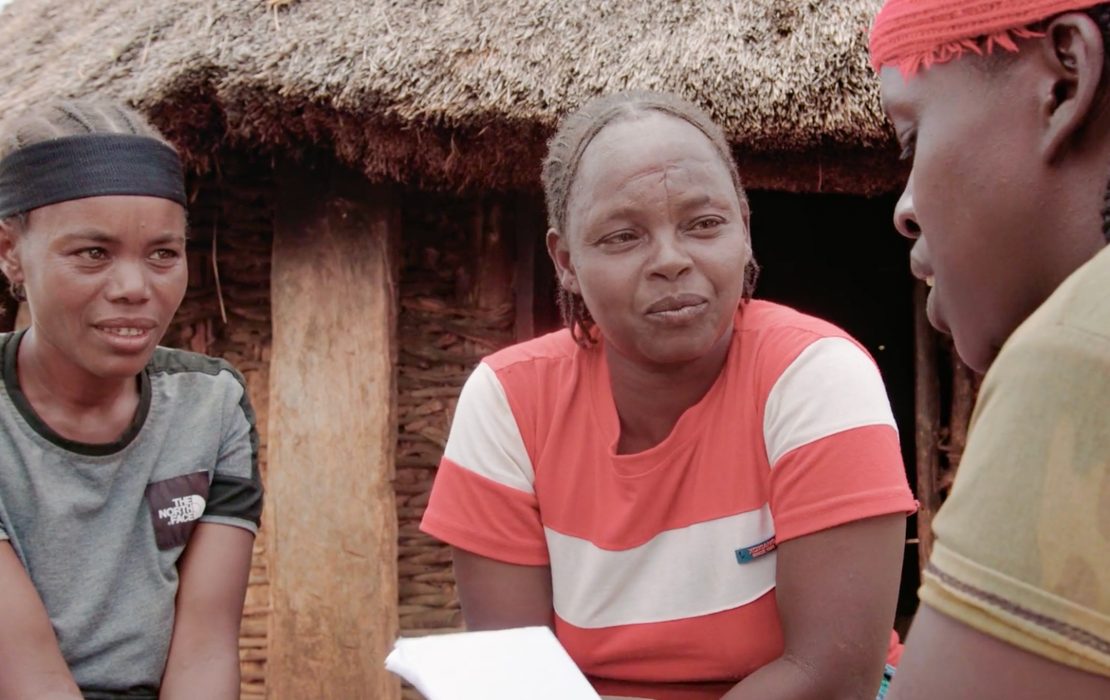
Tamito Oniso formed a successful savings group with six other women in Kererto district. Photo: UNDP Ethiopia / Ethiopian Environmental Protection Authority
In the highland regions of Amhara, Tigray, Oromia, and the Southern Nations, Nationalities and Peoples' Region, over 3,600 hectares of degraded farmland and hillsides have been brought back to life. Efforts have included constructing more than 2,000 kilometres of terraces and over 63,000 basins designed to capture rainfall and prevent erosion. More than 11 million trees have been planted, stabilizing ecosystems, improving soil health and enhancing biodiversity.
Nearly 30,000 farmers, almost half of them women, have adopted climate-smart practices like drought-resistant crops, moisture conservation, composting and beekeeping, diversifying their incomes and reducing climate vulnerability. Women-headed households, in particular, have gained food security and economic independence through improved access to resources and training.
Under an ongoing project in the lowland regions, communities have rehabilitated almost 2,000 hectares of communal land and farmland. Over 2.8 million tree seedlings have been planted, with an additional 1.45 million seedlings in preparation. Meanwhile, more than 88,000 people have received technical support to transition to climate-resilient practices.
These efforts demonstrate how ecological restoration and community-driven adaptation can significantly strengthen resilience and lay the groundwork for a more climate-resilient future.
Climate-proofing rural settlements in Rwanda
Like in Ethiopia, the impacts of irregular rainfall, floods and droughts have intensified land degradation in Rwanda, threatening agricultural productivity. These challenges are particularly acute in areas included in the Imidugudu rural settlement programme, adopted by the government to enhance development and service access in rural areas. In these settlements, poorly managed land and infrastructure remain highly vulnerable to climate impacts.
To address these pressing issues, the Government of Rwanda is implementing an innovative project to climate-proof rural settlements in the Gakenke and Kirehe districts by combining ecosystem restoration with infrastructure upgrades, climate-smart agricultural practices and sustainable livelihoods.
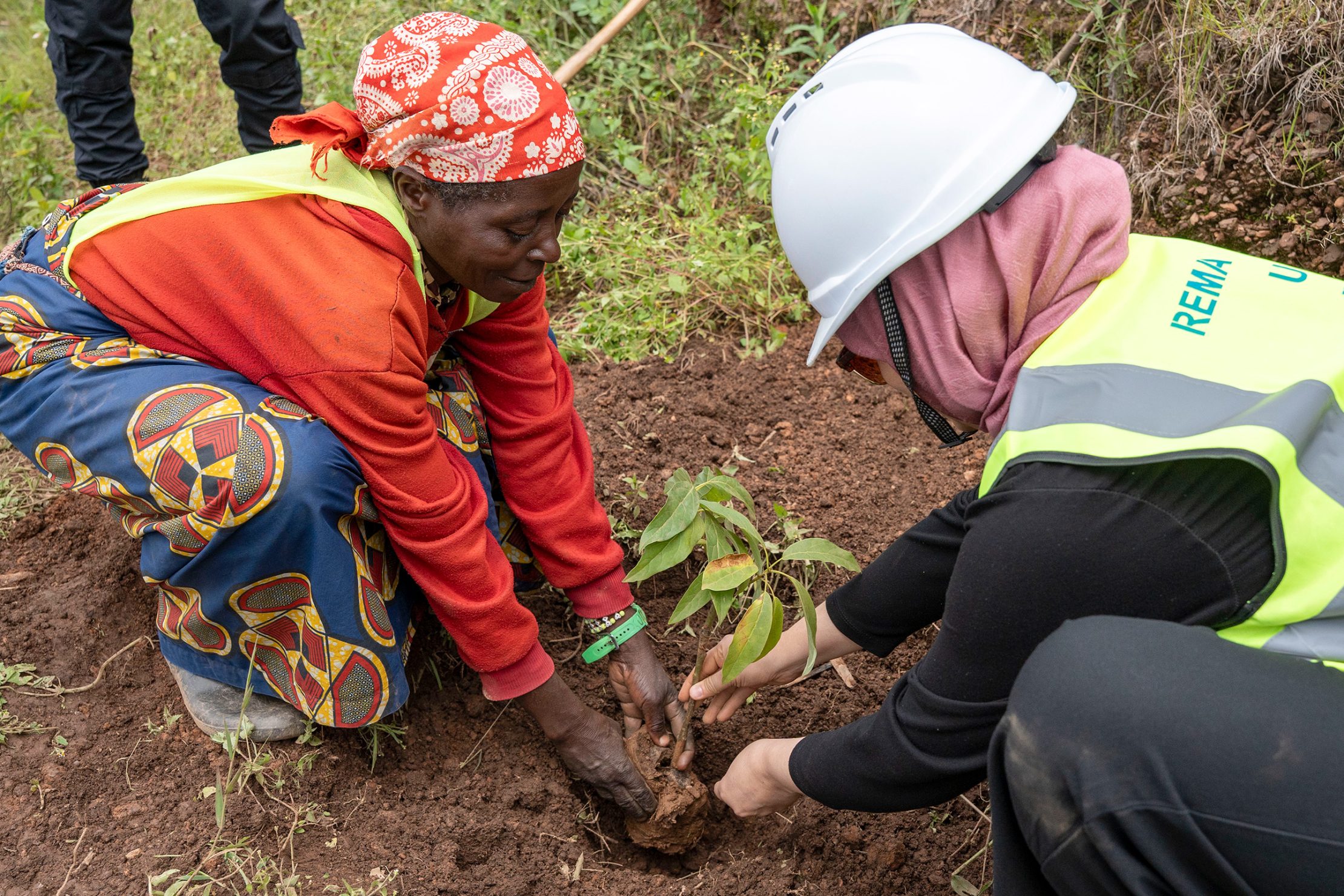
Tree planting activities are part of efforts to climate-proof rural settlements in Gakenke. Photo: Uwase Constantin / UNDP Rwanda
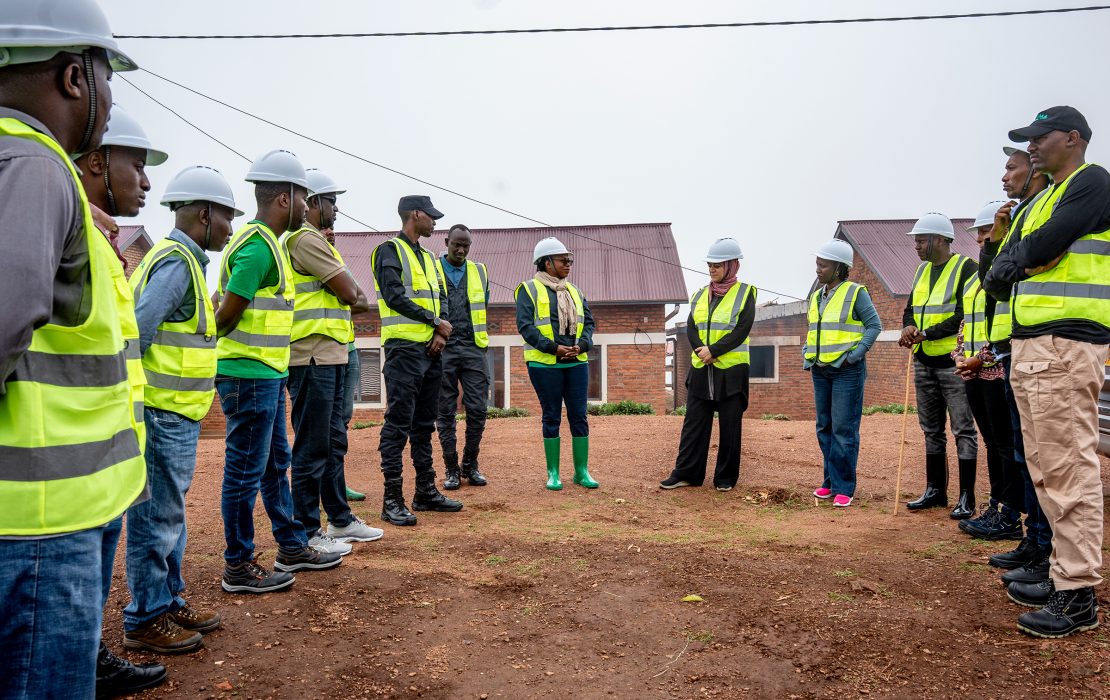
Local stakeholders prepare for tree-planting in Gakenke. Photo: Uwase Constantin / UNDP Rwanda
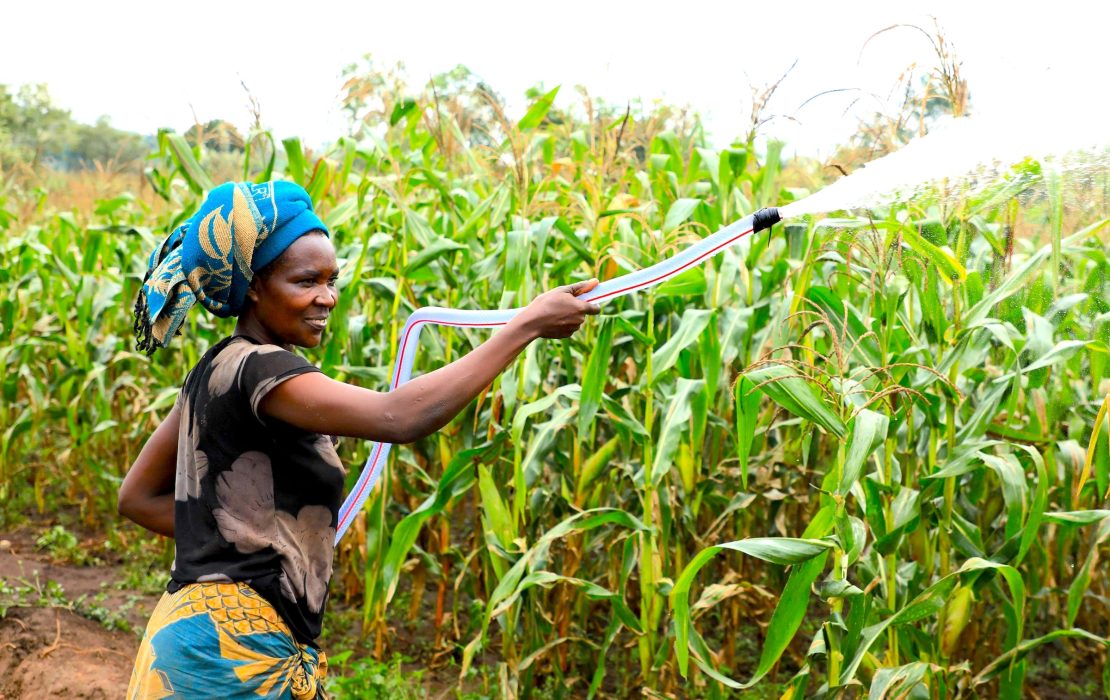
Irrigation is helping farmers in Kirehe adapt to drought. Photo: Uwase Constantin / UNDP Rwanda
The project’s interventions include the creation of terraces, forest rehabilitation, tree planting and riverbank protection. Infrastructure enhancements such as irrigation systems complement these efforts, alongside training programmes in climate-smart agriculture and the promotion of sustainable livelihoods like agroforestry. The use of improved cookstoves, which reduce dependency on increasingly scarce biomass fuels, is another vital component.
One of the standout achievements of the project was the establishment of small-scale solar-powered irrigation systems on 80 hectares in Kirehe, an area historically prone to drought. These systems, combined with newly constructed terraces, have significantly enhanced agricultural resilience, enabling communities to adapt to a changing climate and improve food security.
Since the project began in late 2022, it has positively impacted more than 286,000 people. Over 5,000 hectares of degraded land have been brought under improved management. Farmers have reported tripled harvests, largely due to ecosystem restoration efforts and reduced soil erosion from the new terraces.
Furthermore, these interventions are not merely restoring degraded landscapes but are also creating safer, greener and more self-reliant communities.
Restoring degraded ecosystems in Senegal
In Senegal, land degradation and desertification are threatening lives and livelihoods. Years of unsustainable land use, overgrazing and worsening climate impacts have left soils depleted, water scarce and vegetation cover drastically reduced. These pressures are particularly acute in the Ferlo Biosphere Reserve and Plateau of Thies regions.
To reverse these trends, a new project led by the Government of Senegal is restoring degraded ecosystems and strengthening local resilience. By combining climate-smart agriculture, agroforestry and improved soil and water management, the initiative aims to restore more than two million hectares of land. This includes promoting assisted natural regeneration, planting drought-resistant native species, and supporting sustainable grazing practices that help prevent erosion and improve soil fertility.
One of the most promising examples of this approach is found in the Commune of Ranérou in the Ferlo region, where semi-arid conditions and harsh temperatures of over 42°C have long hindered agricultural development. In an area where residents once believed horticulture was impossible, the project supported the successful establishment of a 3-hectare ecological perimeter. This green space now supports 86 women and eight boys from vulnerable families and has significantly improved local food security by reducing dependency on external vegetable markets.
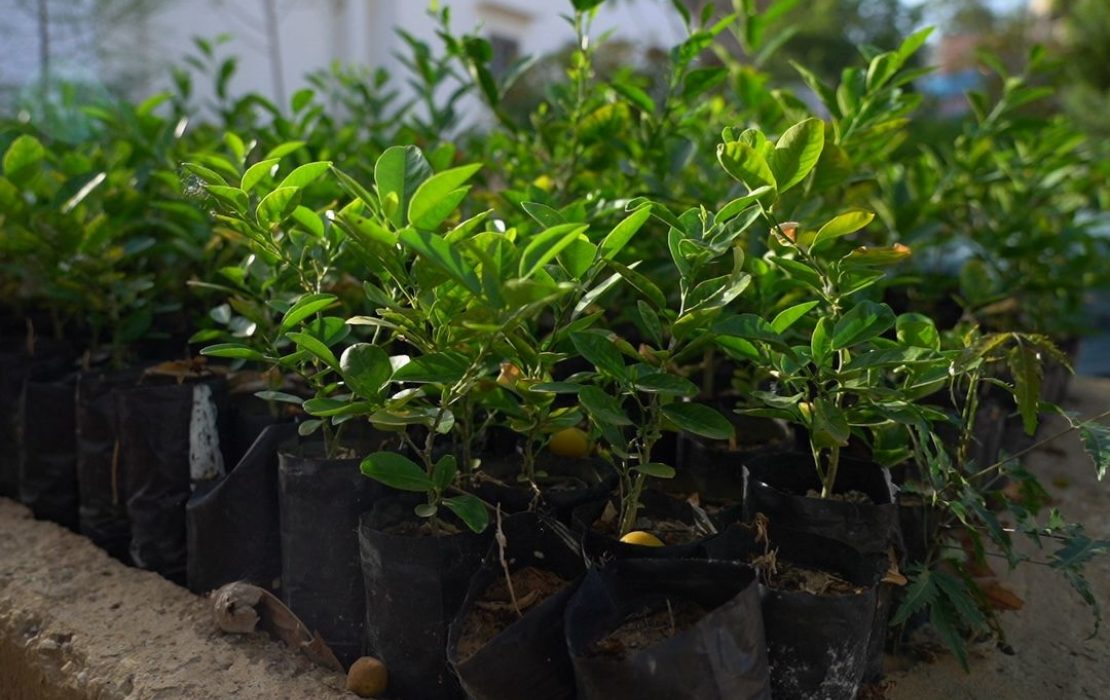
Through agroforestry, climate-smart farming and soil management, Senegal aims to revive over two million hectares of land. Photo: Senegalese Agency for the Great Green Wall (ASERGM)
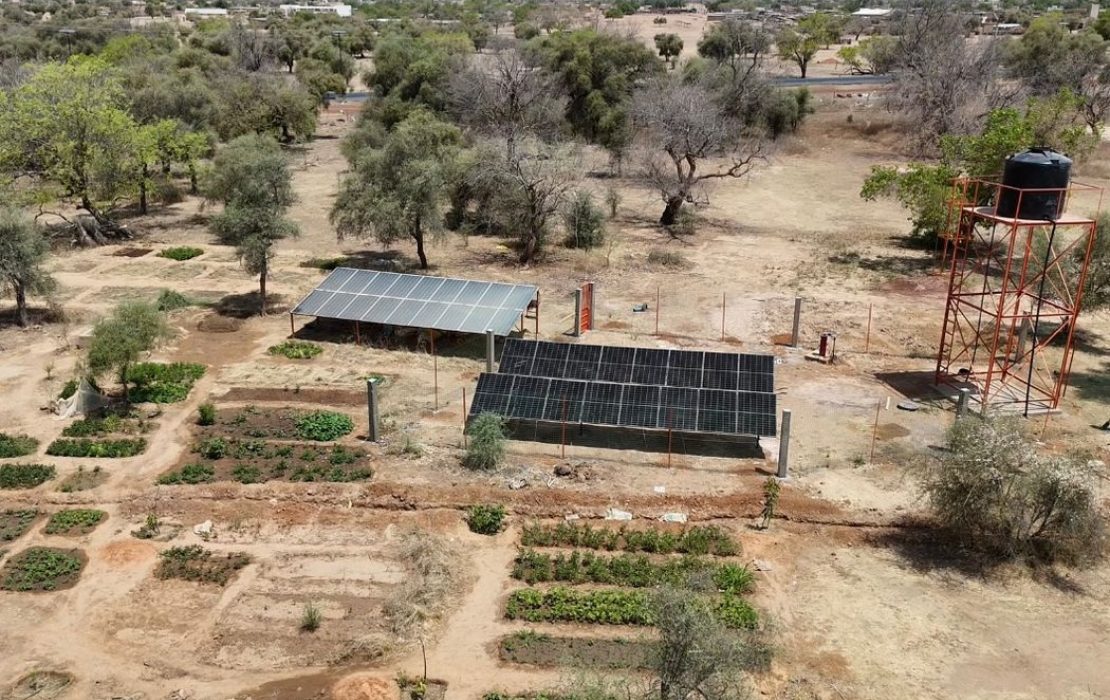
In Senegal’s Ferlo and Plateau of Thies regions, restoration efforts are helping reverse land degradation. Photo: Senegalese Agency for the Great Green Wall (ASERGM)
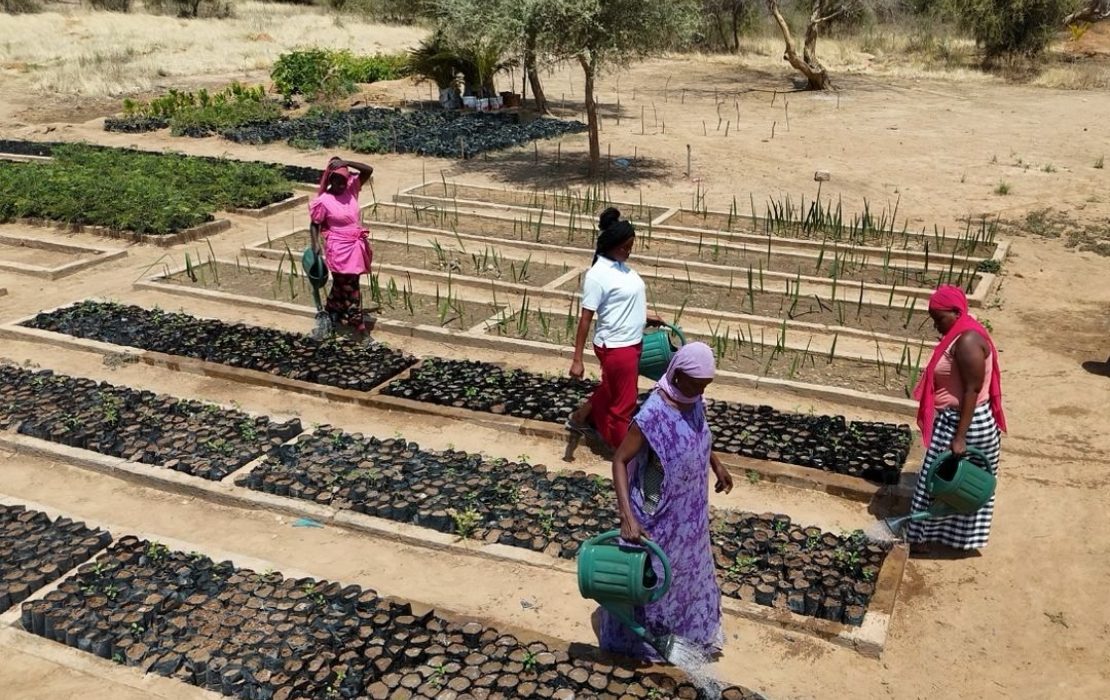
The ecological perimeter in Ranérou improved local food security by reducing dependency on external vegetable markets. Photo: Senegalese Agency for the Great Green Wall (ASERGM)
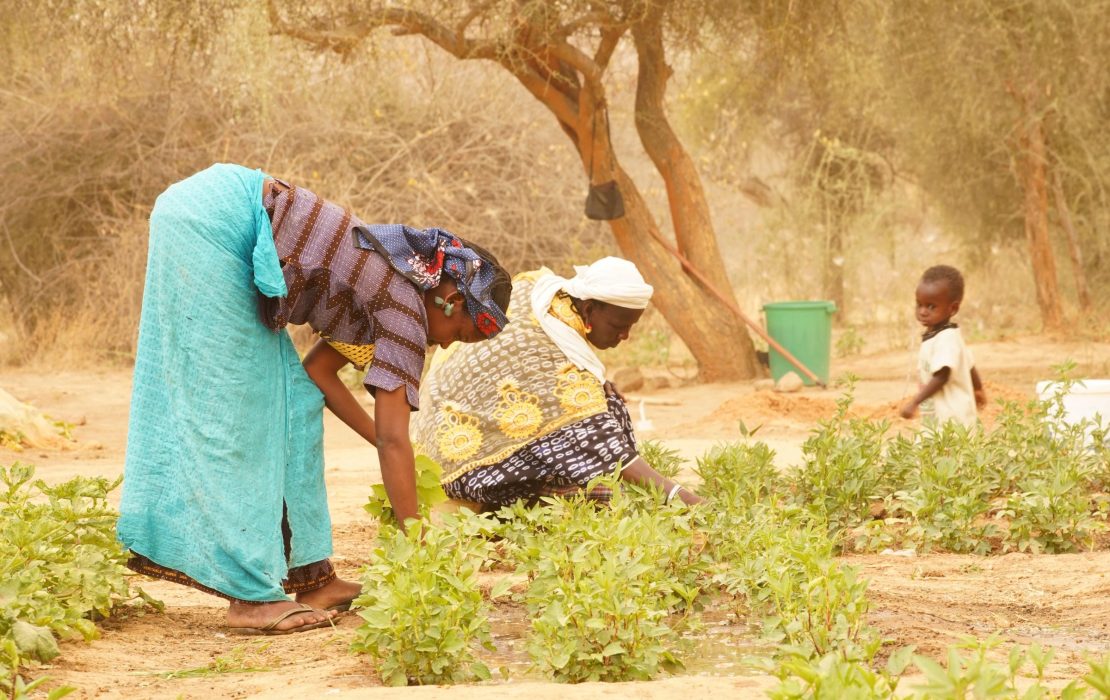
The project is empowering communities – especially women and youth – to manage natural resources more sustainably. Photo: Senegalese Agency for the Great Green Wall (ASERGM)
More than a restoration effort, the ecological site is a hub of shared responsibility and local leadership. A dynamic management committee—composed of representatives of sectoral ministries at the local level and women's and youth associations—ensures strong ownership, accountability and day-to-day oversight. The initiative is already partially covering operational costs through income generated from market gardening, while also strengthening solidarity and cooperation among women.
The broader project continues to empower communities across Senegal – especially women and young people – to manage natural resources sustainably. Through training, planning support and institutional capacity building, it is creating the conditions for long-term sustainability. Women’s cooperatives are helping lead reforestation efforts and testing new income-generating activities that align with land restoration goals.
This integrated approach not only restores ecosystems, it revitalizes communities. It supports Senegal’s Land Degradation Neutrality targets and national climate adaptation priorities, offering a scalable model for tackling desertification while improving food security, livelihoods and resilience in some of the country’s most climate-affected areas.
*
The Global Environment Facility (GEF) is a multilateral family of funds dedicated to confronting biodiversity loss, climate change, and pollution, and supporting land and ocean health. Its financing enables developing countries to address complex challenges and work towards international environmental goals. The partnership includes 186 member governments as well as civil society, Indigenous Peoples, women, and youth, with a focus on integration and inclusivity. Over the past three decades, the GEF has provided nearly $25 billion in financing and mobilized another $145 billion for country-driven priority projects. The family of funds includes the Global Environment Facility Trust Fund, Global Biodiversity Framework Fund (GBFF), Least Developed Countries Fund (LDCF), Special Climate Change Fund (SCCF), Nagoya Protocol Implementation Fund (NPIF), and Capacity-building Initiative for Transparency Trust Fund (CBIT).